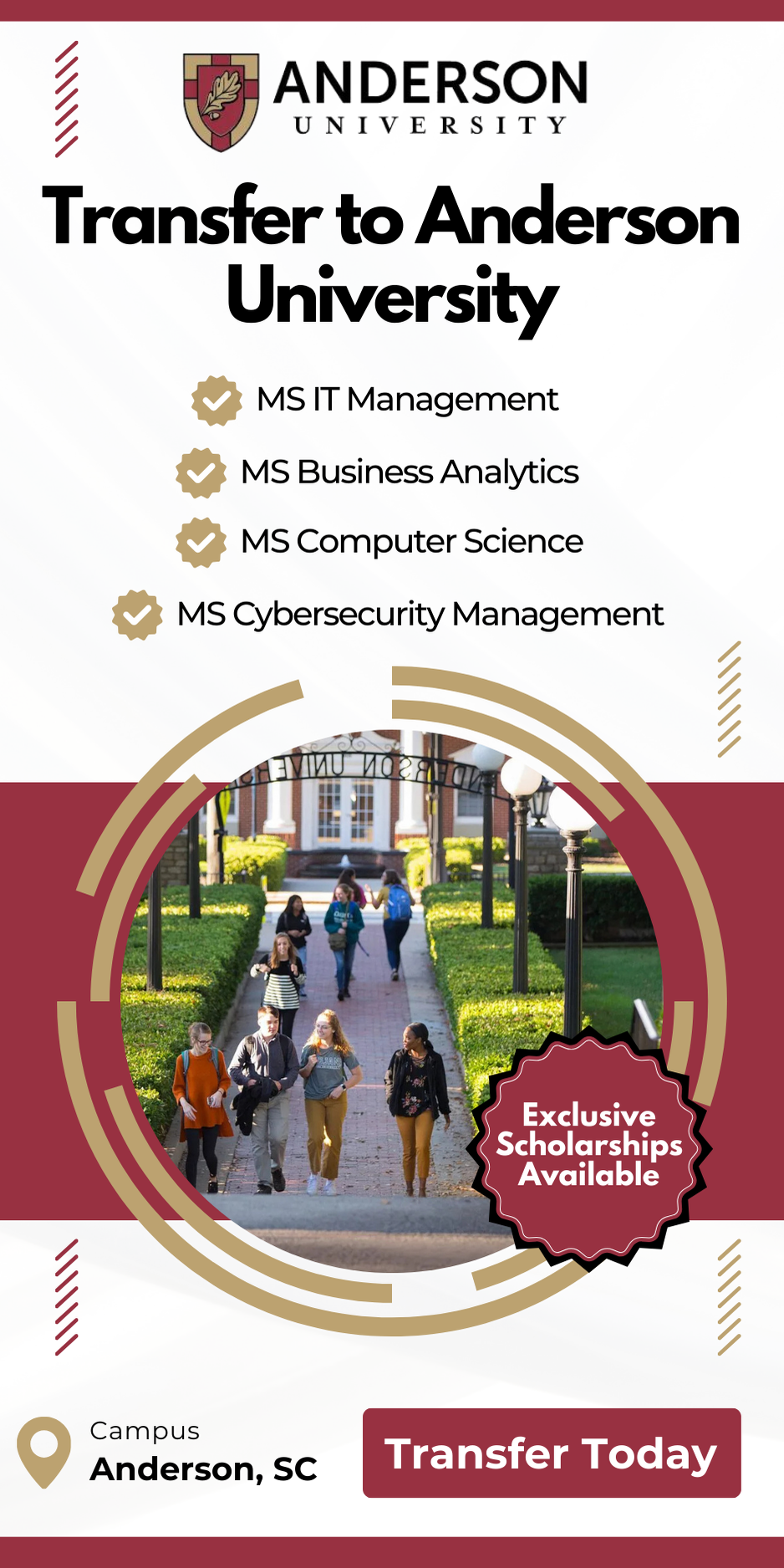Overview
Navigating the H-1B visa application process can be complex, and receiving a Request for Evidence (RFE) from the U.S. Citizenship and Immigration Services (USCIS) adds a layer of challenge. Understanding the common reasons behind RFEs and how to address them effectively is crucial for a successful H-1B petition.
Common Reasons for H-1B RFEs
- Specialty Occupation Challenges: USCIS may question whether the position qualifies as a specialty occupation requiring a bachelor’s degree or higher in a specific field. Providing a detailed job description and evidence that the role necessitates specialized knowledge can help address this concern.
- Employer-Employee Relationship Documentation: Clarifying the nature of the relationship between the petitioner and beneficiary is essential, especially in cases involving third-party worksites. Evidence such as contracts, detailed job duties, and supervision plans can substantiate this relationship.
- Beneficiary’s Qualifications: Discrepancies between the beneficiary’s educational background and the job requirements can trigger an RFE. Ensuring that the beneficiary’s degree aligns with the specialty occupation is vital.
- Maintenance of Status: For beneficiaries changing status, USCIS may seek proof of maintained lawful status in the U.S. Providing documentation of previous status and employment can address this issue.
- Availability of Work (In-House Projects): Petitions involving in-house projects must demonstrate the availability of sufficient specialty occupation work for the beneficiary. Detailed project plans and timelines can serve as evidence.
- Third-Party Worksite Issues: When the beneficiary will work at a client site, USCIS may require evidence of the employer’s right to control the work. Contracts, itineraries, and end-client letters can be helpful in this context.
- Prevailing Wage and Level: It is crucial to ensure that the wage level corresponds to the job duties and experience required. Discrepancies can lead to RFEs questioning the appropriateness of the wage level selected.
- Licensure Requirements: Some positions may require state licensure. Providing proof of the beneficiary’s licensure or evidence that licensure is not necessary for the position can preempt related RFEs.
- Company’s Financial Stability: USCIS may question the petitioner’s ability to pay the offered wage. Submitting financial statements, tax returns, and other relevant financial documents can demonstrate the company’s stability.
- Inconsistencies in Documentation: Any discrepancies in the information provided can lead to an RFE. Thoroughly reviewing all documents for consistency before submission is essential.
Strategies to Address RFEs
- Timely and Comprehensive Responses: Adhere to the deadline specified in the RFE notice and provide all requested information in an organized manner.
- Consultation with Immigration Experts: Engaging with experienced immigration attorneys can provide valuable guidance tailored to the specific issues raised in the RFE.
- Detailed Documentation: Providing extensive evidence, including expert opinions, industry standards, and thorough job descriptions, can strengthen the response.
People Also Ask (PAA)
- What is an H-1B RFE?
- An H-1B RFE is a Request for Evidence issued by USCIS seeking additional information to decide on an H-1B visa petition.
- Does receiving an RFE mean my H-1B petition will be denied?
- No, an RFE indicates that USCIS requires more information. A well-prepared response can lead to petition approval.
- How long do I have to respond to an H-1B RFE?
- The response time is typically specified in the RFE notice, usually ranging from 30 to 90 days.
- Can I continue working while my H-1B RFE is pending?
- If you maintain valid status and have proper authorization, you may continue working unless otherwise directed by USCIS.
- What are common reasons for an H-1B RFE?
- Common reasons include issues related to specialty occupations, the employer-employee relationship, the beneficiary’s qualifications, and maintenance of status.
- How can I avoid an H-1B RFE?
- Submitting a thorough and well-documented initial petition and ensuring accurate and consistent information can help avoid an RFE.
- What should I include in my RFE response?
- Include all requested documents, a cover letter explaining the evidence, and any additional information that supports your case.
- Can I appeal a denial after responding to an RFE?
- Yes, depending on the case’s specifics, you can file a motion to reopen, reconsider, or appeal to the Administrative Appeals Office.
- Is premium processing available for H-1B petitions with an RFE?
- Premium processing is available and expedites the USCIS decision to 15 calendar days for an additional fee.
- Who can help me respond to an H-1B RFE?
- Consulting with an experienced immigration attorney can guide and assist in preparing a comprehensive RFE response.
Understanding the common triggers for H-1B RFEs and preparing a meticulous response can significantly enhance the likelihood of a favorable outcome in your H-1B petition process.

